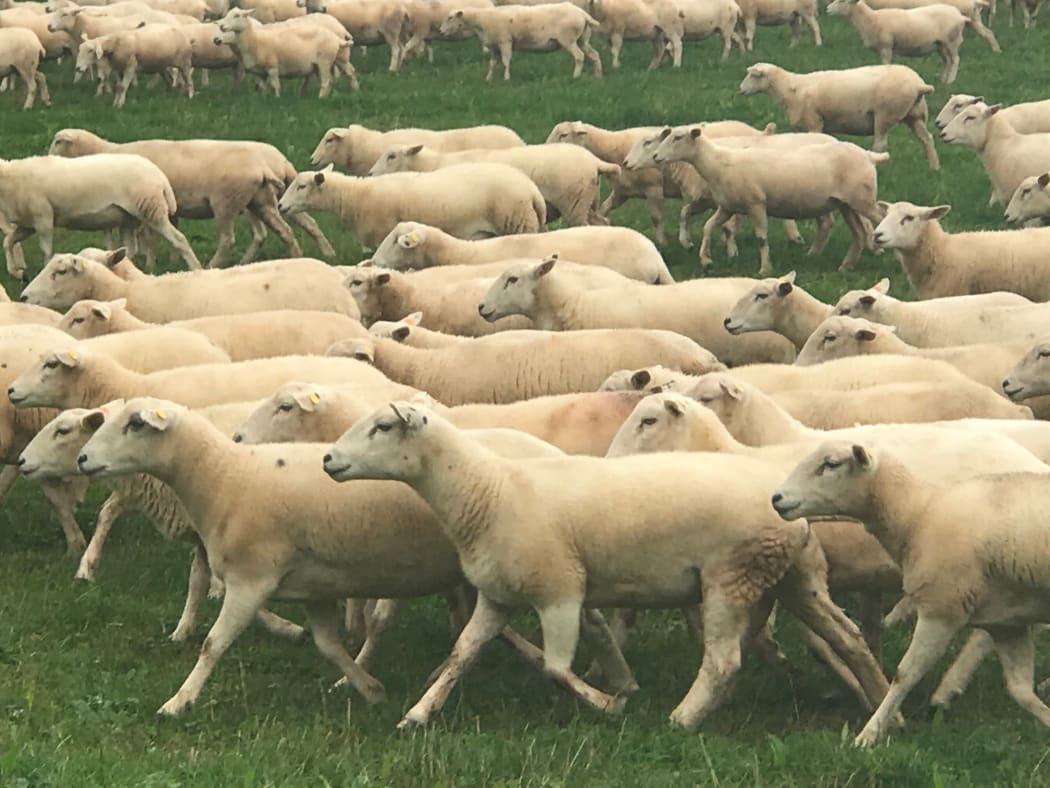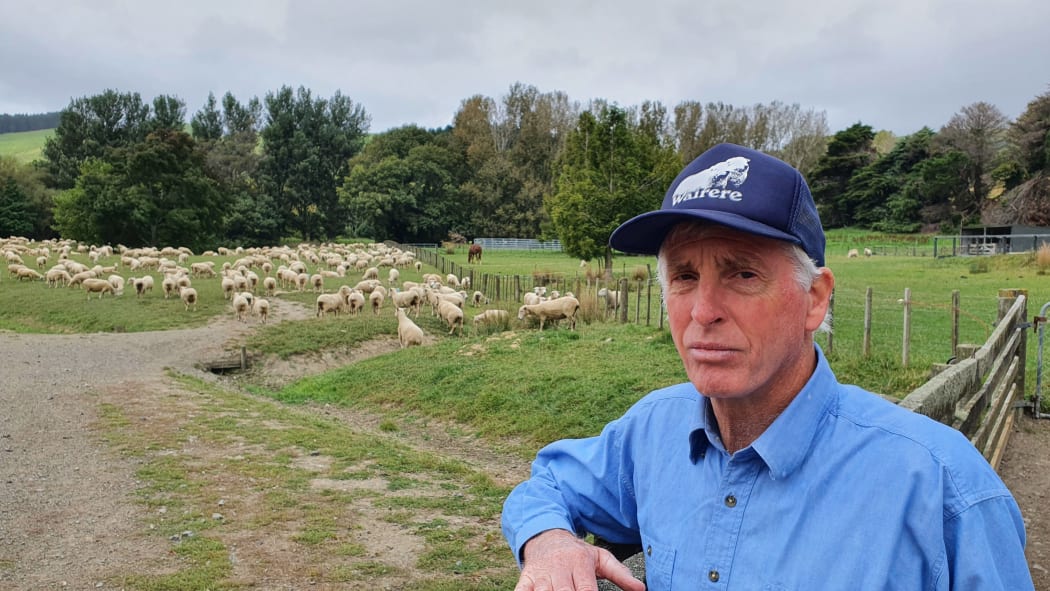Sheep with fur - not wool - are among the latest trials being undertaken by one of New Zealand's top breeders, Derek Daniell of Wairere Stud.

A flock of hair sheep Photo: Supplied
A trial to develop a New Zealand sheep with hair is underway at one of the country's top ram studs.
Wairarapa's Wairere Rams has imported hair-sheep genetics from the UK to cross with some of its Romney flock in the hope of creating an easy-care sheep that doesn't need shearing, crutching or dagging.
The wool cheque may not even cover the cost of shearing these days and about five percent of New Zealand's commercial sheep farmers are already voting with their feet and trying out the Wiltshire breed which sheds its fleece naturally, according to Wairere's Derek Daniell.
The stud spotted a gap in the market for a hair sheep - with a pelt rather than a fleece - and this month the stud is running artificial insemination and embryonic transfer programmes with genetics from the UK.
There are many different breeds of hair sheep from the American Blackbelly to the Royal White and Katahdin.
Farm manager Samuel O'Fee said the genetics Wairere's using had been sourced mainly from the northern coast of Scotland.
"If you imagine the hair on the lower legs of the sheep called medullated fibre, it's more or less that across the whole body of the sheep.
"They spend a lot of their time up in the fog and wet areas and they've sort of developed a thick pelt and a hardy constitution."
In Wairere's trial, starting this month, some of the Romneys will act as surrogates for full-bred hair sheep embryos and others will be artificially inseminated to produce a hair sheep cross, O'Fee said.
Hair sheep with a "burst of New Zealand genetics" could be what local farmers go for, he said.
"We are just keen to see how the cross goes so we can market them appropriately."
When Country Life visited Sam was checking over the ewes to suss out which ones would be best for the job.
"The main thing we're looking for is a bare breech and clear points and a clear head in the sheep.
"We think that when they're crossed with the hair sheep it'll open up the points more and produce those low input sheep that we're looking for."
The shedding or completely wool-less sheep may be the sheep of the future but Derek Daniell is still keen to support the wool industry.

Derek Daniell at Wairere Photo: RNZ/Sally Round
"I'm hoping we can really get wool to be worth $10 a kilo at the farm gate but that's going to take a little while," he said.
"I have invested off-farm in initiatives to try and add value to wool and I will continue to do so because I feel responsibility to look after sheep farmers and the future of sheep farmers."
There's plenty to think about when breeding the perfect sheep for the future including warmer temperatures, consumer demands, animal health and welfare, the increasing cost of things like fertiliser and diesel, not to mention the slump in coarse wool prices.
So is a nice and meaty, hairy sheep the perfect one for New Zealand?
"Yes it might be," Daniell said.
"Because unless we can put significant value back into wool, commercial farmers won't want to deal with it.
"They'll want something like a small cattle beast that doesn't need to be dagged, crutched, shorn, that'll need less treatment for flystrike and easy care and one person can run 10,000 sheep easily, just shifting them from A to B and weaning the lambs and so on ... make sheep farming easy."

